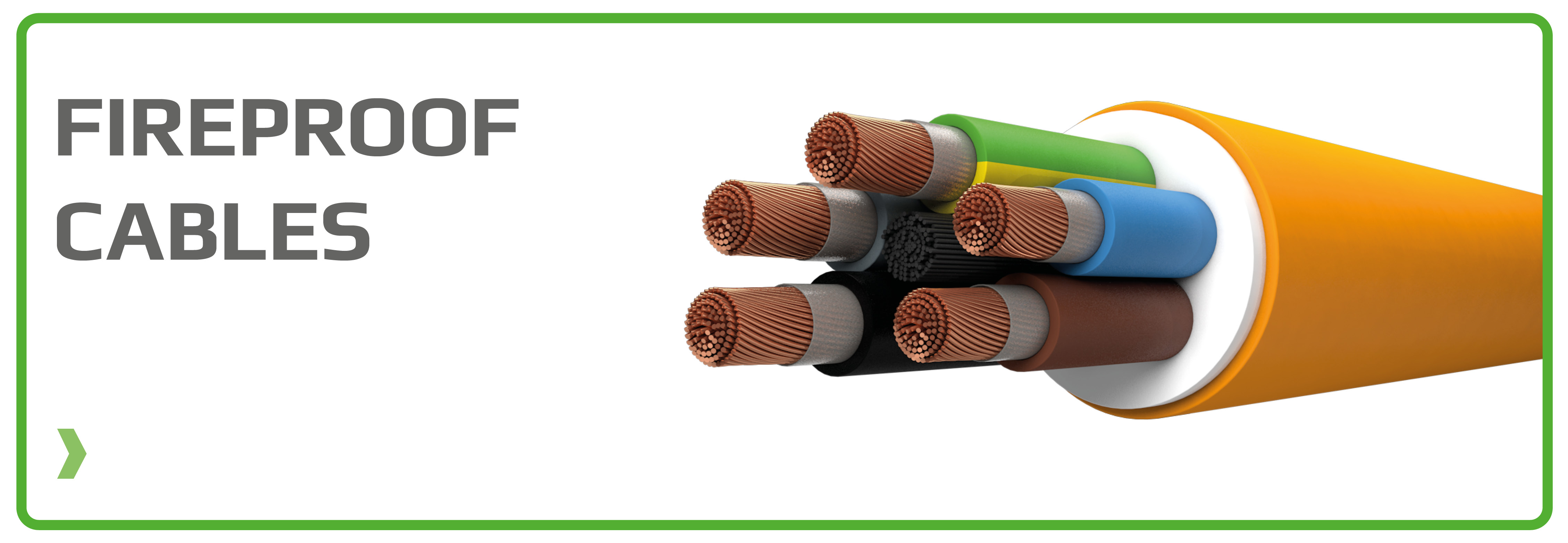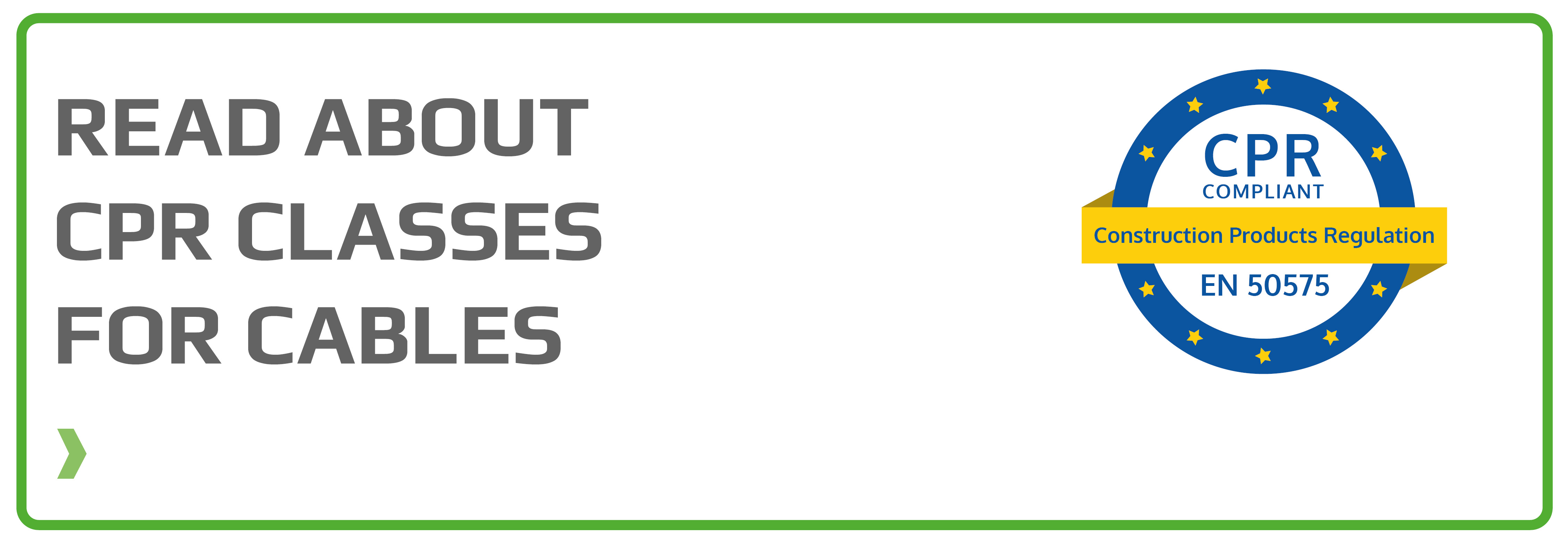
Technical fire test

Flame non-propagation IEC 60332-1:
A piece of cable of 60 cm is placed in a vertical position in a closed cabinet, and a flame of 1 kW caloric power is applied for 30 seconds. Once the heat source has been shut off, the flame must self-extinguish while keeping the upper part of the cable intact. This is the requirement for all cables, also PVC cables.
E.g. having a short circuit, the cable cannot ignite.

Fire non-propagation IEC 60332-3:
A bundle of cables is hanged at the height of 3.5 meter vertically. At the bottom of the cables, a propane flame is applied for a duration of 20 minutes. Once the heat source is turned off, the remaining flame on the cables must self-extinguish, leaving the upper part of the cable intact. Thereby proving that the cable does not propagate the spread of the flame. By utilizing cables that meet this test, you prevent a localized fire from extending to other areas through the cable network. Not all cables meet this safety prerequisite.

Low smoke emission IEC 60754:
1.0 g of the insulating material of the cable is placed in a laboratory to be ignited. The released gases are chemically analyzed and the content of hydrochloric acid, pH, and conductivity are measured. The halogens present must be less than 0.5 %. By utilizing halogen free insulating materials, the toxic of the gases released during a fire is reduced, thereby reducing the risk of poisoning by inhalation.

Smoke opacity measurement IEC 61034:
A number of cables of 1 m length are ignited in a cabinet with a volume of 27 m3. The smoke opacity is measured with a lamp with a constant brightness and a photometer. Luminous transmittance must be bigger than 60 %.

Fire resistance IEC 60331:
A flame of 800° C is used in this test. The cable must withstand the full intensity of the flame without failure. The cable must be able to continue supplying power in the event of a fire, assuring electricity to emergency circuits like signaling lights, fume extractors, acoustic alarms, water pumps, etc.






